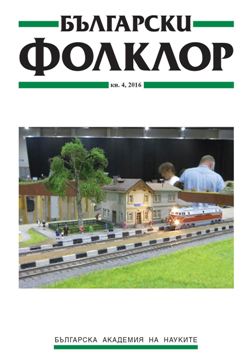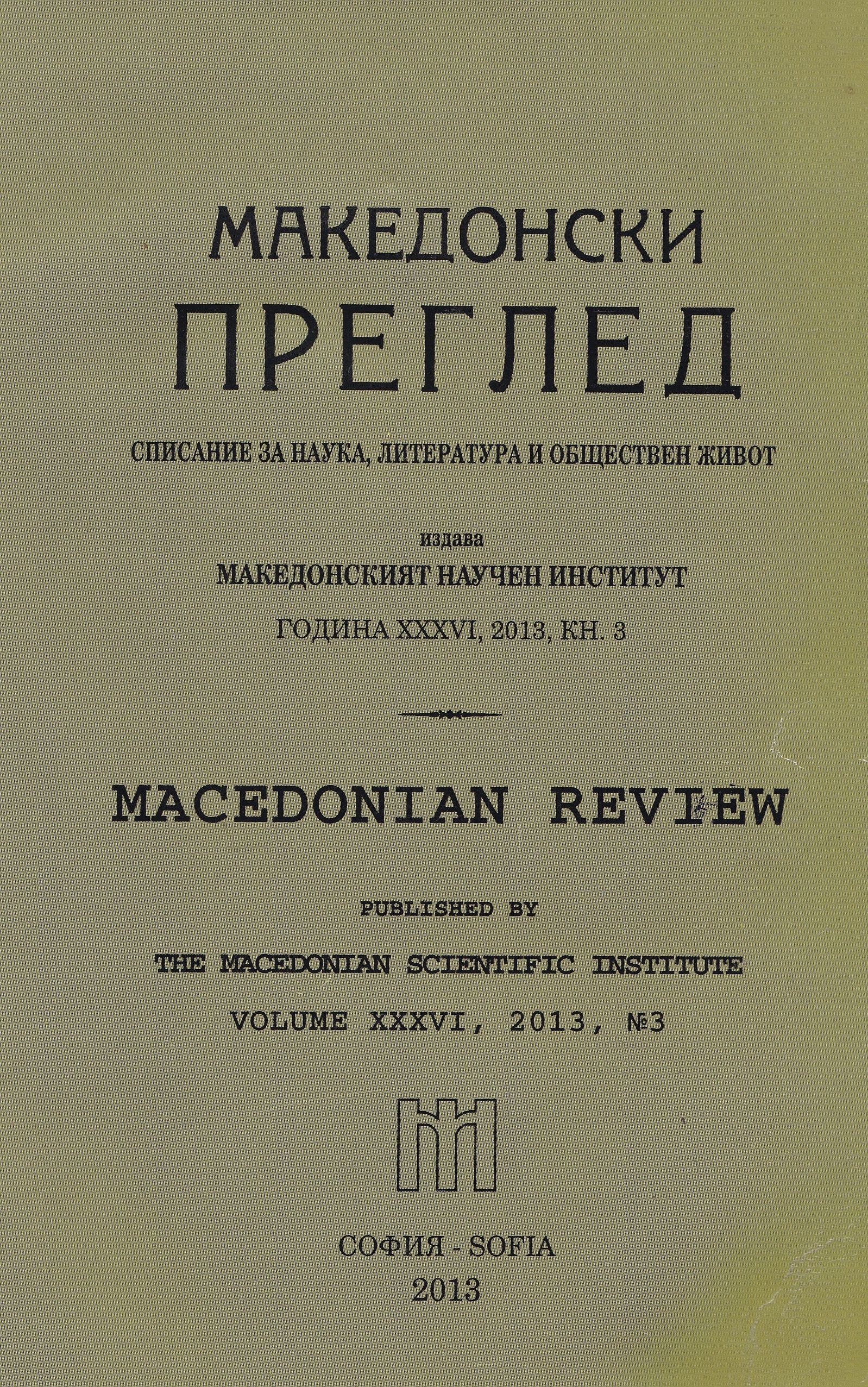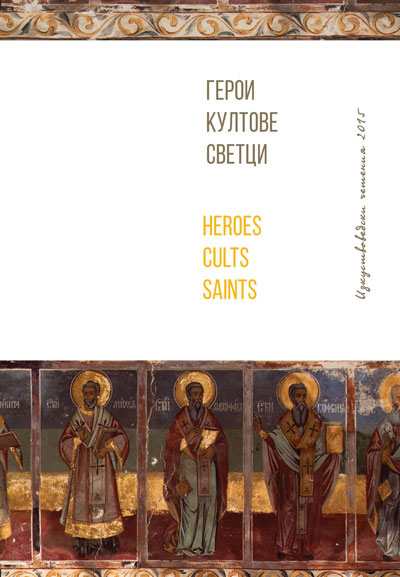
Едно изображение на св. Никола Нови в контекста на стенописта в Арбанаси от XVII–XVIII век
The article examines an unpublished image of St. Nickolas the New in the loft of St George Church in Arbanassi. After a short review of the cult to the five saints that bear the name of St Nicholas the New, the author limits the choice of a particular saint to two alternatives – the most popular saint in the post-Byzantine era in terms of representation frequency – St Nicholas of Vuneni (the New) and St Nicholas of Sofia (the New). The difficulty in the precise definition of the image in Arbanassi is due mainly to the varying iconography and to the practice of representing newer saints with features of known namesakes that already have a widespread cult. Nevertheless, arguments are given in support of both possible variants, which are based on the ethnic content and the livelihoods of the population in Arbanassi, as well as on the most probable origin of the icon-painters who decorated the loft of St George Church in Arbanassi. An attempt is made to examine the murals in the context of the church complex in Arbanassi by seeking stylistic and iconographic similarities, which would provide a possibility to identify the specific prerequisites for identification on the background of the development of post-Byzantine art in the Balkan context.
More...
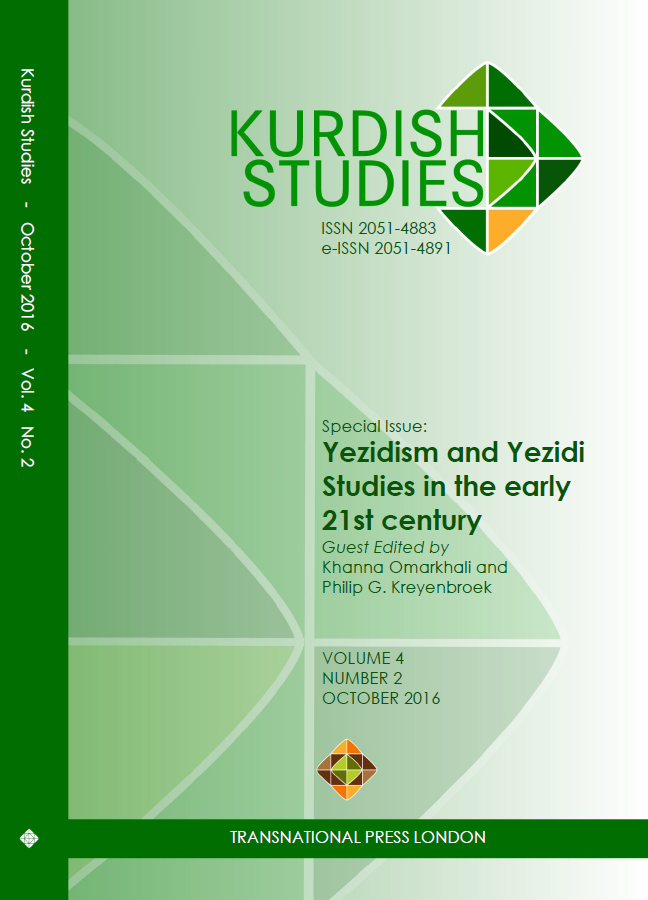
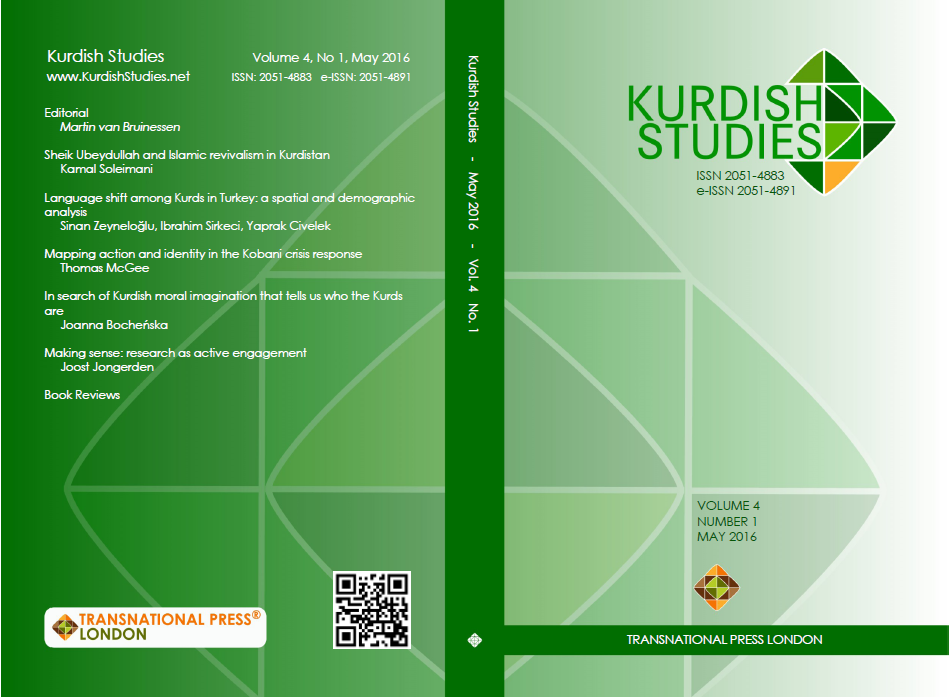
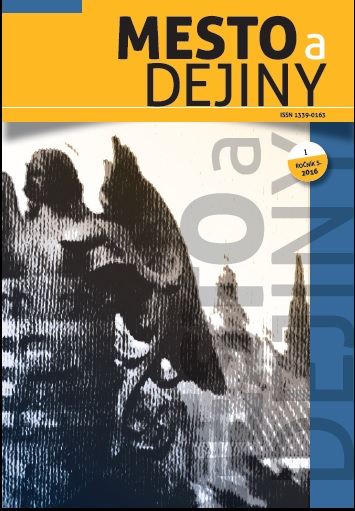
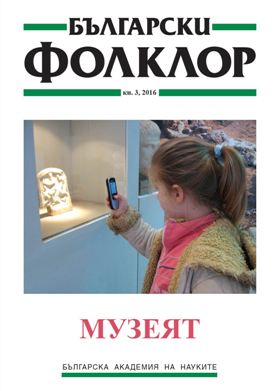
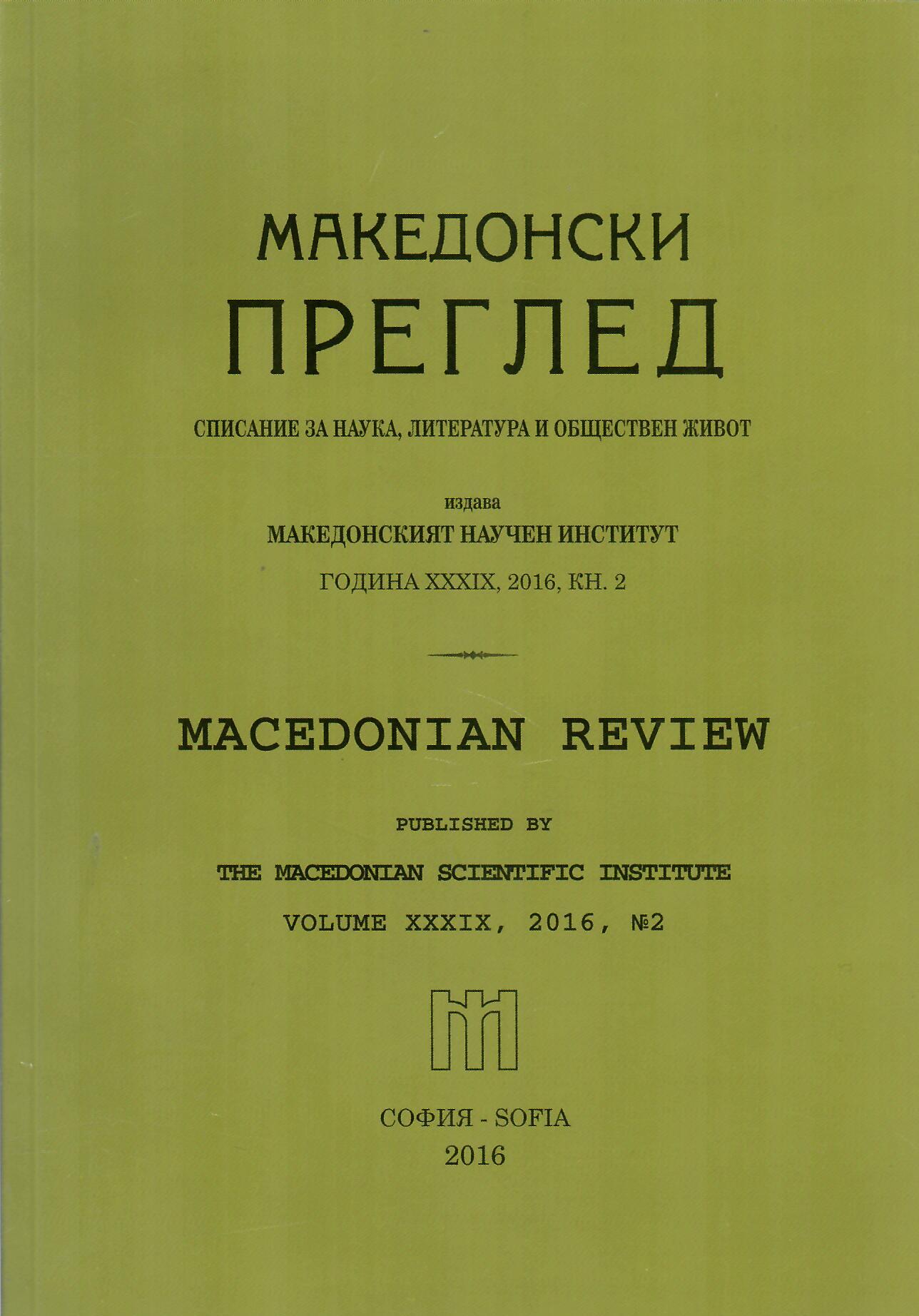
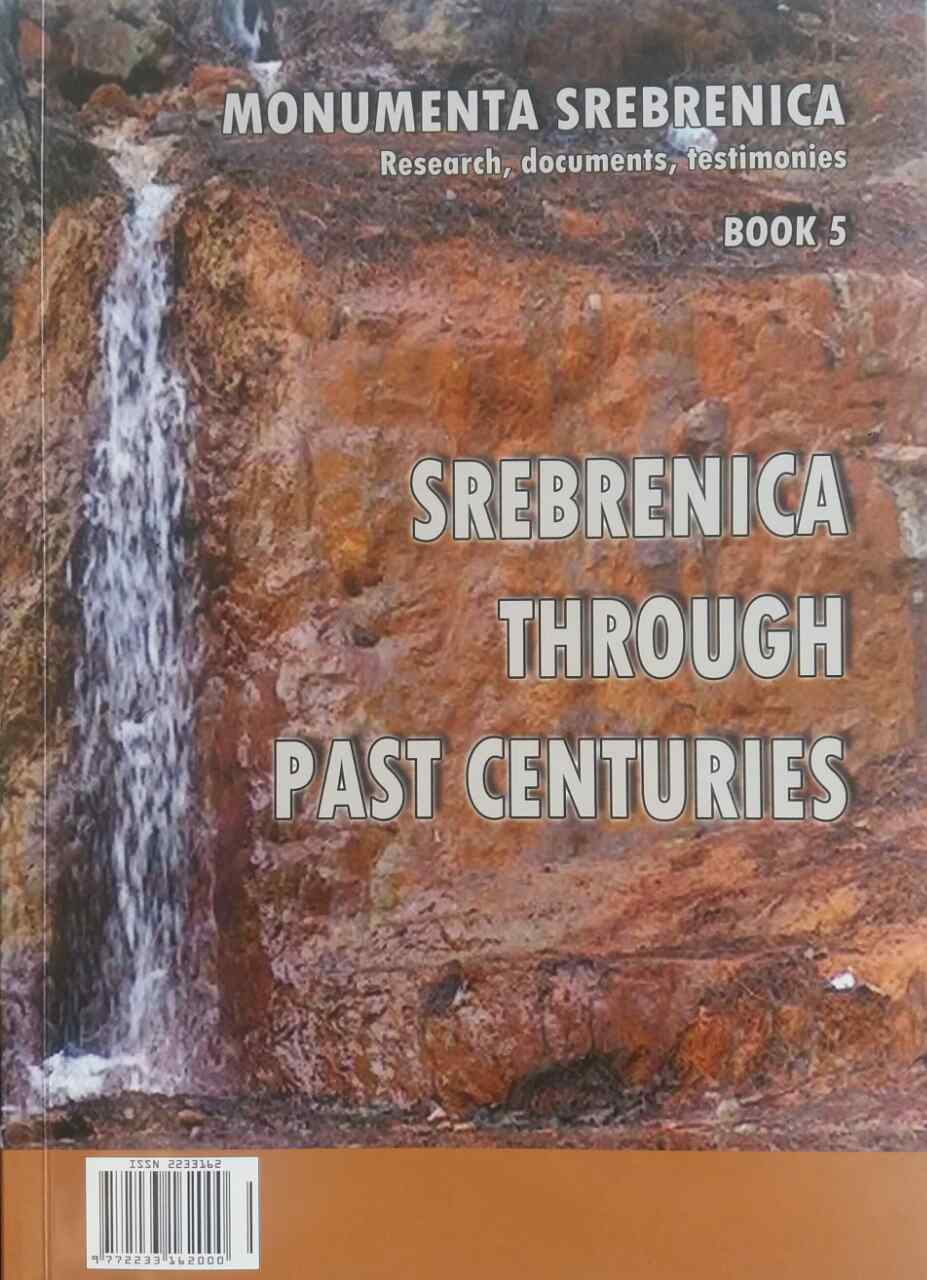
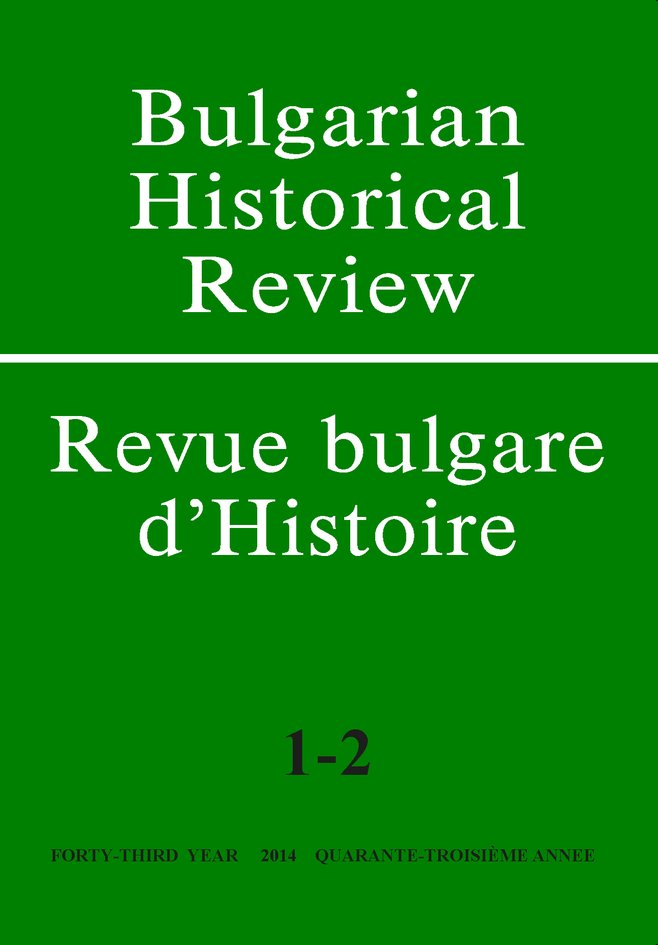
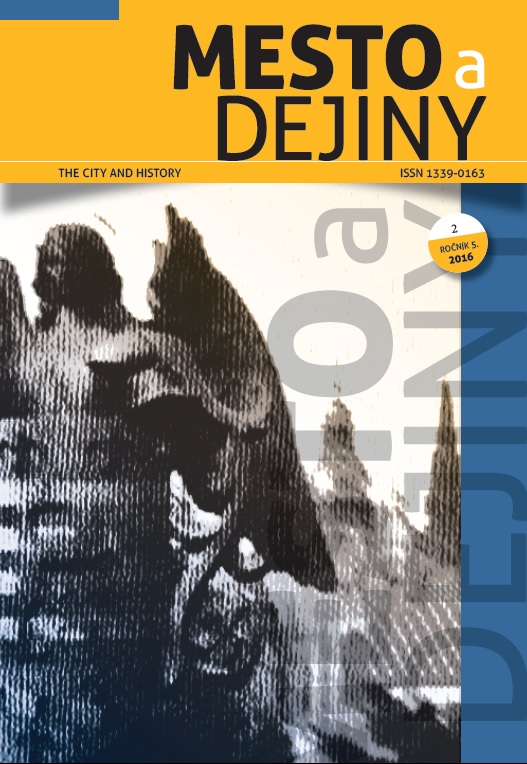
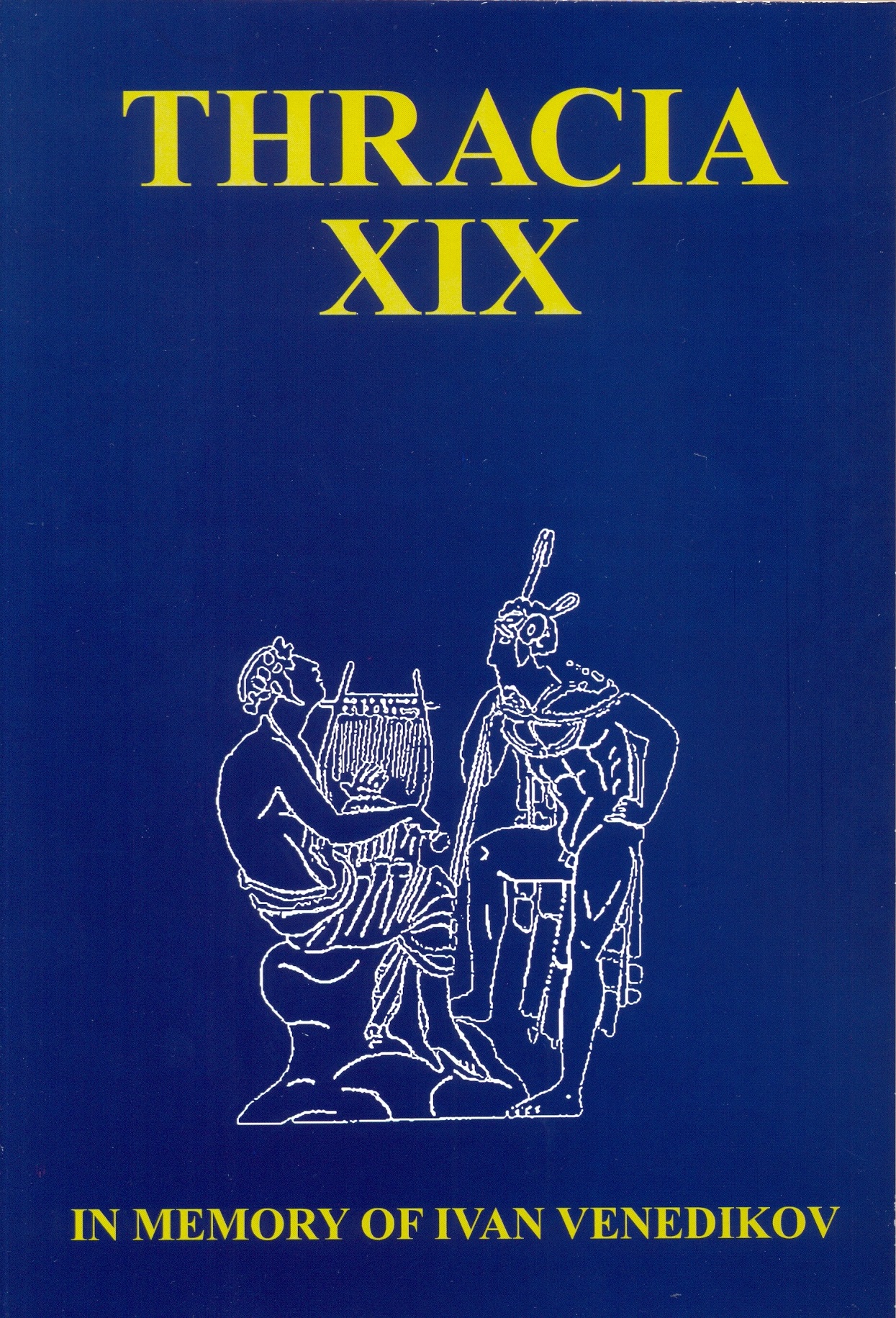
![Book review: Edward Olszewski, Bogusław Zieliński (eds.), Spotkania polsko-chorwackie [Polish-Croatian Meetings], Wydawnictwo Adam Marszałek, Toruń 2014..](/api/image/getissuecoverimage?id=picture_2015_31857.JPG)
